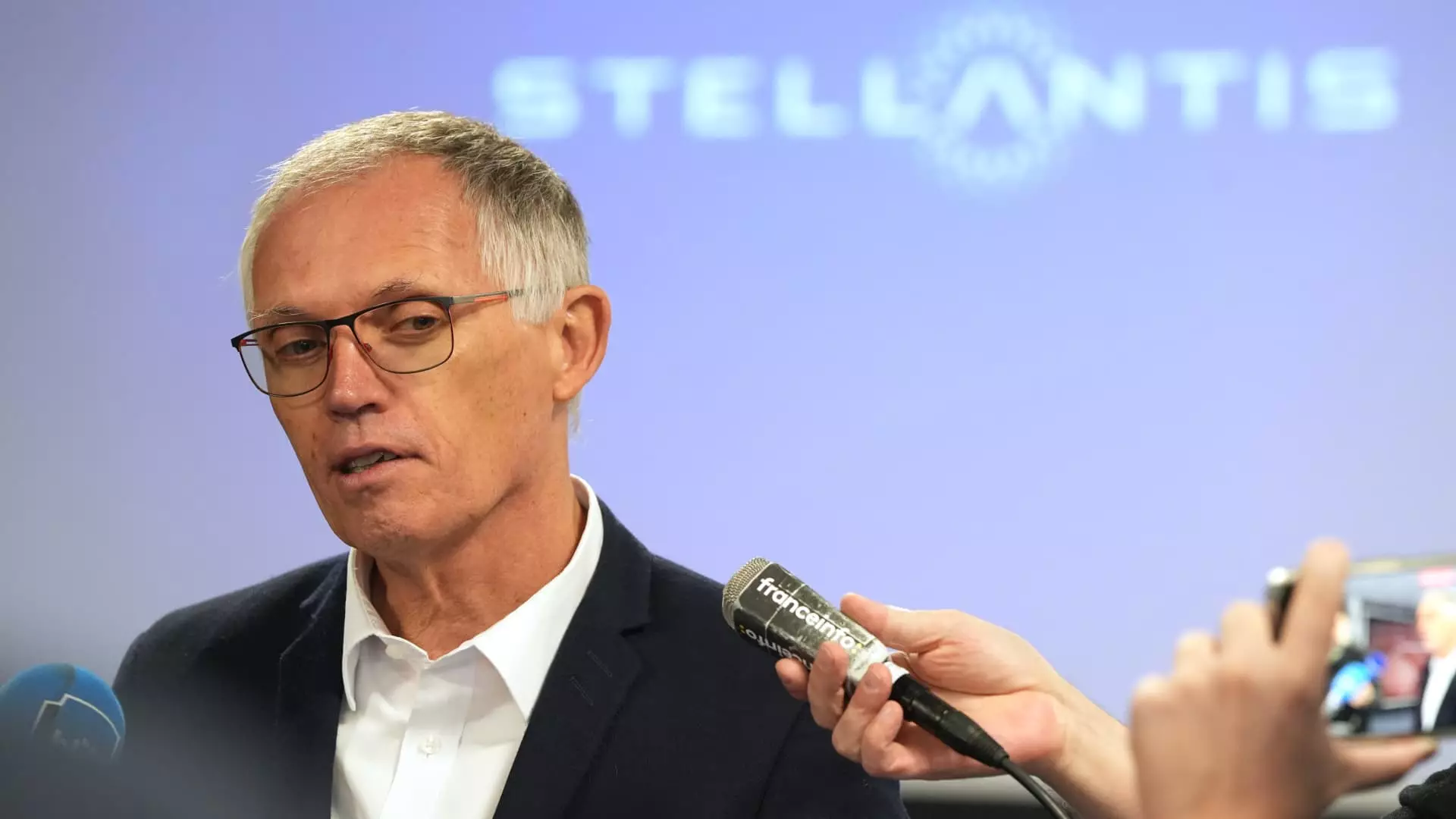The resignation of Carlos Tavares as the CEO of Stellantis has sent shockwaves through the automotive industry. His departure comes at a time when the company, formed through a high-profile merger between Fiat Chrysler Automobiles and PSA Groupe in 2021, faces significant challenges in the marketplace. Tavares’ exit raises questions not only about his leadership but also about the company’s strategic direction moving forward.
Stellantis announced Tavares’ immediate resignation, citing a divergence of views between the executive and the board of directors. This revelation occurs less than two months after Tavares had planned to retire at the end of his contract in early 2026. The abrupt nature of his departure highlights serious tensions within the company’s leadership, suggesting that deeper issues have been plaguing Stellantis for some time.
Henri de Castries, Stellantis’ senior independent director, commented on the alignment that had previously existed between shareholders, the board, and Tavares. However, he acknowledged that recent weeks had revealed “different views,” which ultimately led to the board’s decision. This statement hints at a fundamental misalignment in vision and strategy that could have significant implications for Stellantis’ future.
Under Tavares’ leadership, Stellantis was initially lauded for its profitability and growth. His tenure was marked by a commitment to cost-cutting measures which originally appeared to be beneficial; however, recent financial results indicate a downturn that is difficult to overlook. The company had to lower its guidance targets significantly earlier this year, and reports indicated a staggering 27% decline in third-quarter net revenues.
Tavares’ ambitious restructuring and cost reductions did not translate into expected market performance. Stellantis also reported a 20% drop in global vehicle sales year-over-year in the third quarter—a trend that has persisted in the U.S. market despite Tavares acknowledging “arrogant” missteps. Such significant declines in performance suggest that the measures taken could be backfiring, raising concerns about the overall stability of the organization.
The reaction to Tavares’ resignation from stakeholders has been mixed. Several current and former executives have criticized the aggressive approach to cost-cutting that characterized his leadership. Reports indicate that the sheer scale of job cuts, including a reduction of approximately 47,500 employees since December 2019, has led to operational inefficiencies that are now affecting the company’s bottom line.
Unions and employees have expressed their discontent regarding layoffs and production cuts. The United Auto Workers union, in particular, has been vocal in its criticisms of Stellantis’ handling of workforce issues, citing unfair employment practices and a disconnect between management and employees. This turmoil raises questions about how Stellantis will navigate labor relations in the wake of Tavares’ departure and whether new leadership can mend these critical relationships.
As Stellantis moves forward in the process of appointing a new CEO, the path ahead appears fraught with challenges. The new leadership will need to address not only the underlying financial issues that marred Tavares’ tenure but also the cultural and operational conflicts that have surfaced within the organization.
The company’s board has indicated that the search for a successor is “well under way,” with expectations to conclude in the first half of next year. In the interim, Stellantis is appointing a new executive committee to steer the company through this transition period. However, the question remains: Can Stellantis effectively realign its corporate strategy and restore confidence with stakeholders?
The resignation of Carlos Tavares marks a pivotal moment for Stellantis, delineating a clear need for systemic change within the company. The dual pressures of poor financial performance and stakeholder dissatisfaction will challenge the next CEO, who must be prepared to navigate these turbulent waters effectively. The automotive landscape is evolving rapidly, and the implications of this leadership change could reverberate throughout the industry for years to come.

